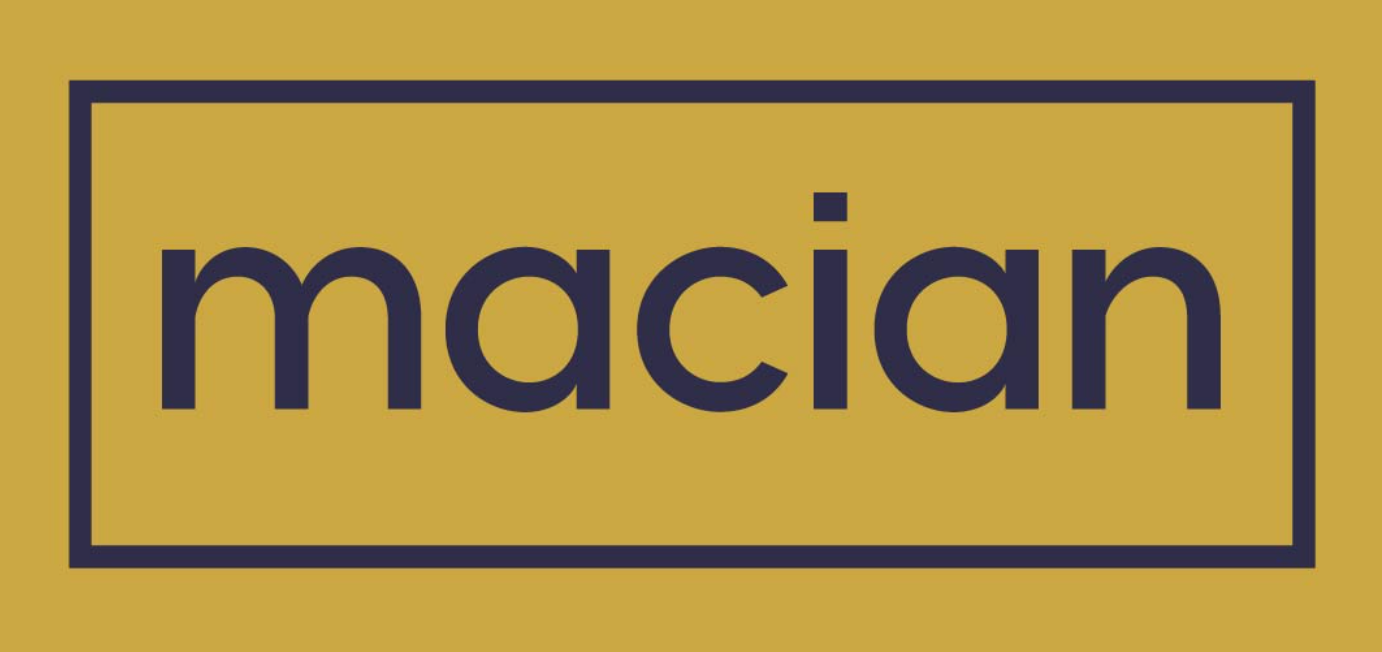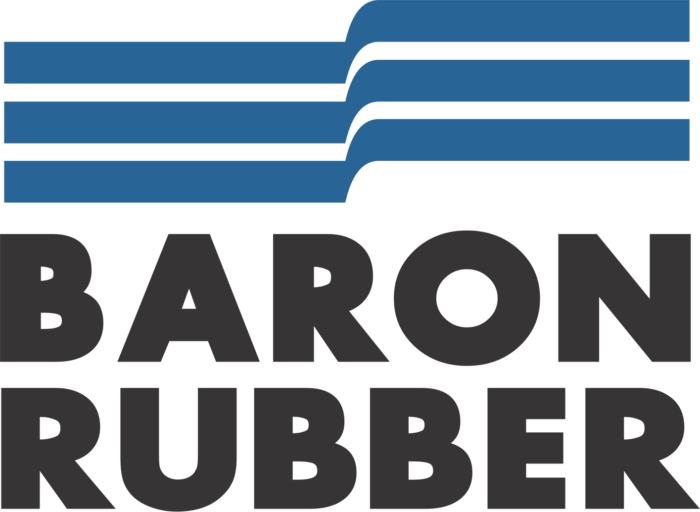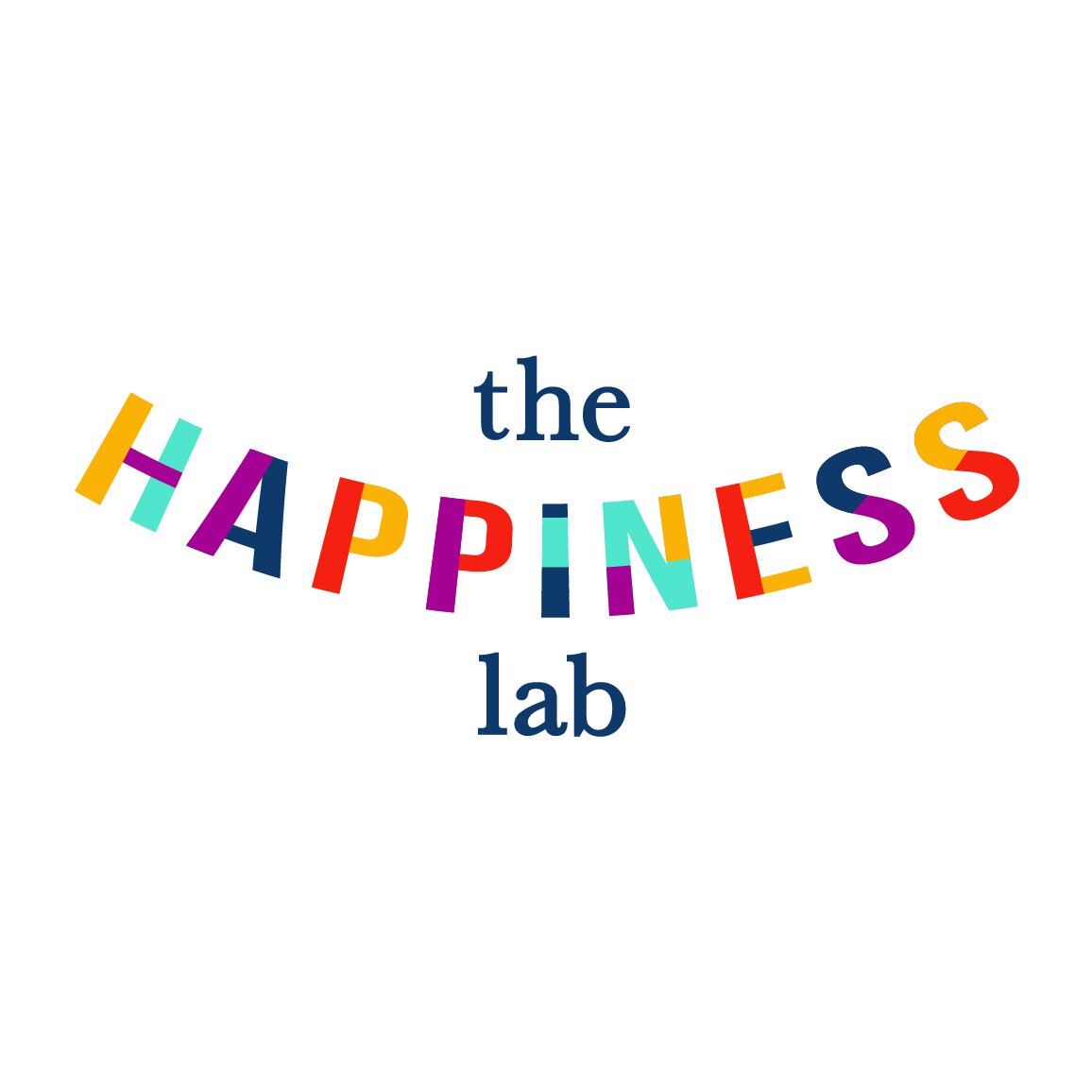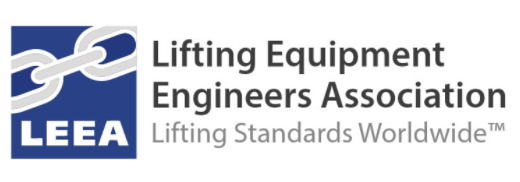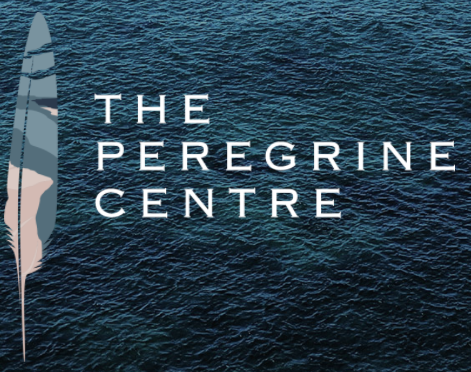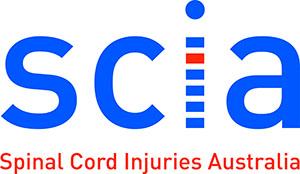Scientists 3D print human pluripotent stem cells
A breakthrough in the 3D-printing of human pluripotent stem cells means scientists are one step closer to being able to 3D print human organs and tissues for transplantation therapy.
A team of researchers at the University of Wollongong-headquartered ARC Centre of Excellence for Electromaterials Science (ACES) have discovered a way to print human induced pluripotent stem cells (iPSCs) using a custom developed bioink.
ACES stem cell expert Associate Professor Jeremy Crook, based at the University of Wollongong, said iPSCs can be generated from cells of any living person, and be 3D printed to incorporate properties of the natural cell environment.
“This flexible 3D tissue engineering technology enables iPSCs generated from an individual’s own body to divide after printing and differentiate in a way that will allow us to form and replace any tissue type of the body,” he said.
“By developing this further we will be able to generate healthy and diseased tissues for research, identifying better drugs for medicine and replacing or repairing damaged tissues or organs due to injury or disease.”
The team has already begun preclinical safety studies with the aim of advancing tissues further for use in medical research, regenerative medicine and personalised medicine.
Using tissues developed from clinically-compliant bioinks with iPSCs will allow therapeutic transplants with a reduced risk of immune rejection.
 Left: Delicate neurones created by 3D printing; and, right: iPSC-laden bioink formed in scaffolds containing stem cells. Images: Gu et al/Advanced Healthcare
Left: Delicate neurones created by 3D printing; and, right: iPSC-laden bioink formed in scaffolds containing stem cells. Images: Gu et al/Advanced Healthcare
“There’s no doubt that sometime in the future engineering tissues by bioprinting iPSCs will be routinely performed for surgical treatments of patients with damaged or diseased tissue.
“Other work in the pipeline involves disease modelling and related drug effect studies.”
This team of researchers previously reported the ability to print 3D structures that support the growth of brain-like tissue from human neural stem cells, towards better understanding the function and behaviour of the brain.
“Such advances are only possible through a combination of a diverse array of skills spanning materials science, cell biology and mechatronic engineering,” ACES Director Professor Gordon Wallace said.
“This convergence means we are making rapid progress towards outcomes of clinical significance.”
The findings, which arose from detailed experimental work by PhD student Qi Gu as part of Prof Wallace’s ARC Laureate Fellowship, were published in the international journal, Advanced Healthcare Materials.























